100J and a short circuit would be an inductor.
100J is a 10 microhenry inductor. J means it is accurate to 5%
This site explains how to read inductor codes.
It also lists all the precision codes.
Short form:
First 2 digits is the value. The third digit is how many zeroes to put on the end. Final value is in microhenries.
So, 100 means value 10, add no zeroes to the end. So, final value 10 microhenries.
It seems to be OK. Inductors fail by becoming open circuits.
Don't replace it. Look elsewhere for whatever problem made you suspect it.
Do not replace it with a wire. It appears to be part of an RF amplifier. If you put in a piece of wire, you will kill the output transistor.
Do not replace it with a capacitor. The output amplifier won't work then.
In response to comments:
NEVER try to measure resistance with the power on.
Since you say it is only a short circuit when the power is on, it looks like it is dead after all.
You need a 10 microhenry inductor to replace it.
Be careful when playing with that board. Touching the gray wire to ground will kill the inductor - that shorts the power supply to ground through the inductor.
